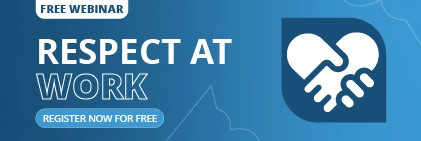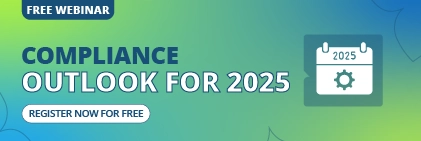Discriminatory harassment in the workplace is a form of discrimination that occurs when an individual or group of individuals is subjected to unwanted, offensive, or hostile behaviour based on their protected characteristics, such as their race, sex, religion, national origin, disability, or sexual orientation. This type of behaviour can have severe consequences for the individuals targeted and can create a toxic work environment for everyone. In this blog post, we will discuss what constitutes discriminatory harassment, the forms it can take, the impact it can have, and steps that can be taken to prevent and address it.
What is Discriminatory Harassment?
Discriminatory harassment is any behaviour that is discriminatory and creates a hostile or intimidating work environment for an individual or group of individuals based on a protected characteristic (sometimes known as an attribute). Protected characteristics are those characteristics that are protected under federal and state laws, such as race, sex, religion, national origin, disability, or sexual orientation etc.
Forms of Discriminatory Harassment
Discriminatory harassment can take many forms, including verbal abuse, physical assault, or other conduct that creates a hostile or intimidating work environment.
Verbal abuse, such as making racist, sexist, or discriminatory jokes or comments, or using racial or sexual slurs, is one of the most common forms of discriminatory harassment.
Physical assault or intimidation, such as hitting, pushing, or making threatening gestures towards someone based on their protected characteristic.
Exclusion from professional opportunities or job responsibilities because of their protected characteristic.
Unfair performance evaluations or disciplinary actions based on protected characteristics are another form of discriminatory harassment. This type of discrimination is known as “structural discrimination.”
Discriminatory harassment can also happen in online forums and digital communication platforms like emails, and instant messaging; it’s crucial to have a clear policy in place to ensure that employees are aware of the consequences of engaging in discriminatory behaviour.
Impact of Discriminatory Harassment
The impact of discriminatory harassment can be significant. Not only can it lead to physical and emotional harm, but it can also hurt an individual’s job performance, career opportunities, and overall well-being. In addition, discriminatory harassment can create a toxic work environment for everyone, including those who may not be directly targeted but who witness the behaviour.
Preventing and Addressing Discriminatory Harassment
Employers must take steps to prevent discriminatory harassment from occurring in the workplace. This can include creating and enforcing policies that prohibit discriminatory behaviour, providing training to employees on what constitutes discriminatory harassment and how to report it, and taking swift and appropriate action when discriminatory harassment is reported.
Employees who feel they have been subjected to discriminatory harassment have several options for seeking help and acting. They can report the behaviour to their employer, file a complaint with the Equal Employment Opportunity Commission (EEOC), or consult with an attorney.
Conclusion
In conclusion, discriminatory harassment in the workplace is a serious issue that can have significant negative impacts on both individuals and the work environment. Employers have a responsibility to prevent and address discriminatory harassment, and employees who feel they have been subjected to discriminatory harassment have options for seeking help and acting. It is important for everyone in the workplace to be aware of what constitutes discriminatory harassment and to take steps to create a culture of respect and inclusion in the workplace.
If you are looking for a way to educate your workforce and make your workplace a safer place, contact Sentrient for a free demo today.
Read More About Discriminatory Harassment :
- What Are Examples Of Discriminatory Harassment In The Workplace
- What Are Examples Of Disability Harassment In The Workplace
- How To Identify, Prevent, And Respond To Disability-Based Harassment In The Workplace
- 5 Common Types Of Sexual Violence
- How To Identify, Prevent, And Respond To Sexual Orientation-Based Harassment In The Workplace





